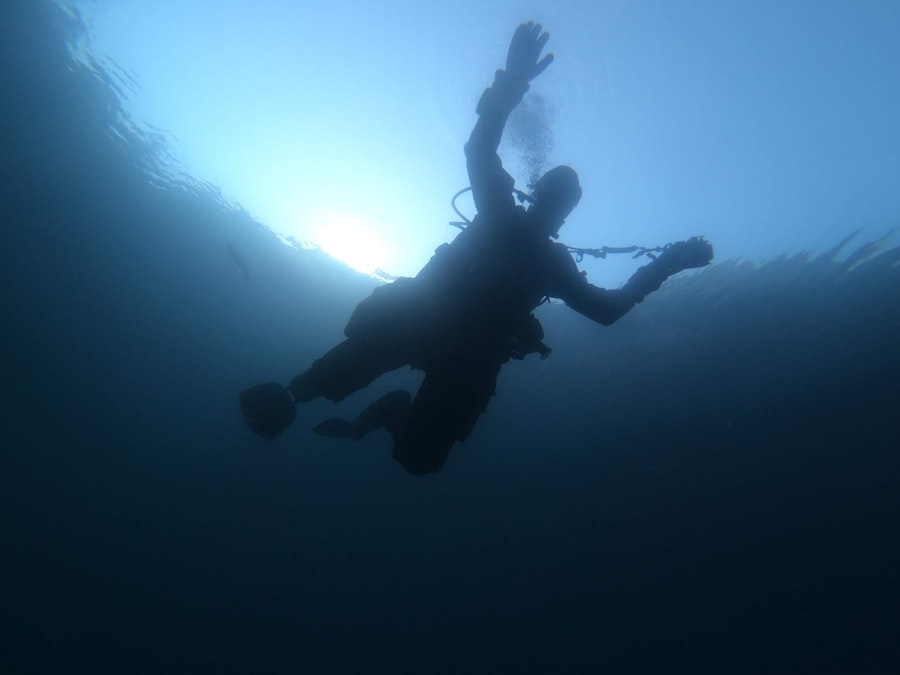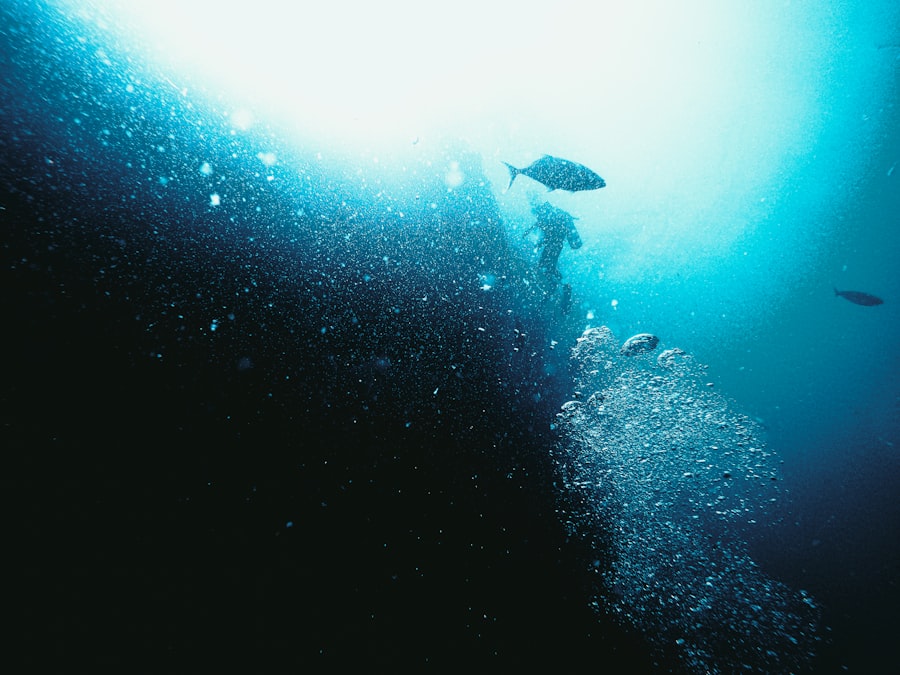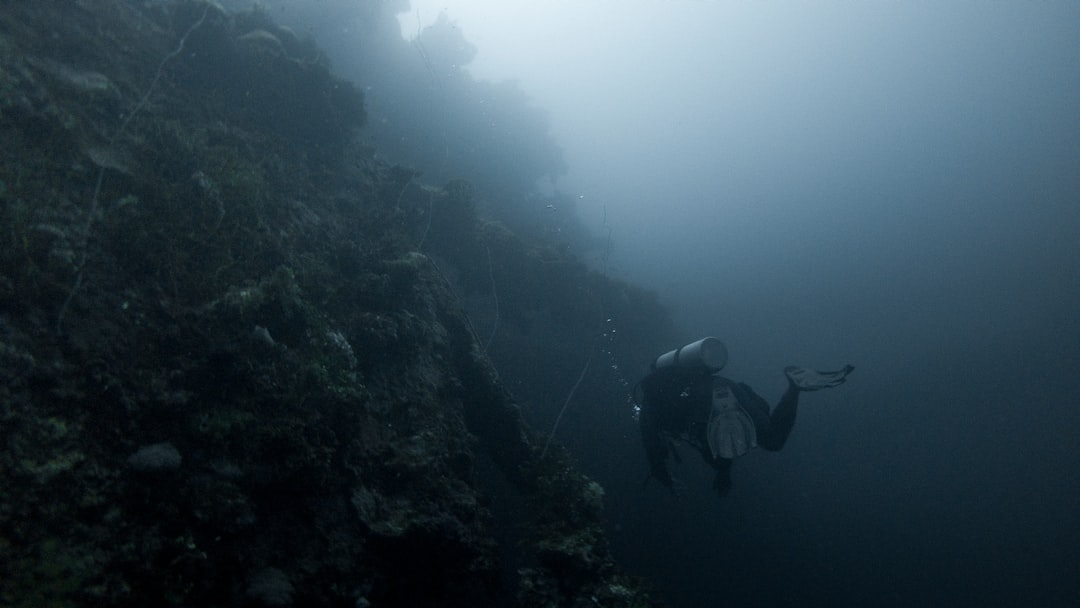The Drake Passage, a body of water that separates South America from Antarctica, is renowned for its tumultuous seas and unpredictable weather. This narrow stretch of ocean, measuring approximately 800 kilometers wide, is often characterized by its strong currents and high waves, making it one of the most challenging maritime environments in the world. The convergence of the Atlantic, Pacific, and Southern Oceans creates a unique ecosystem that is both vibrant and volatile.
The passage is not only a critical route for marine traffic but also serves as a vital corridor for various species of marine life, which thrive in its nutrient-rich waters. The geographical features of the Drake Passage contribute significantly to its unique environment. The underwater topography includes deep trenches and submerged mountains, which create diverse habitats for marine organisms.
The cold, nutrient-dense waters that flow from the Southern Ocean are essential for sustaining the rich biodiversity found in this region. As the currents swirl and mix, they bring nutrients to the surface, supporting a complex food web that includes everything from microscopic phytoplankton to massive whales. This dynamic interplay between water masses and marine life makes the Drake Passage a fascinating area for exploration and study.
Key Takeaways
- The Drake Passage offers a unique and challenging environment for divers, with strong currents and unpredictable weather conditions.
- The Southern Ocean is home to a rich and diverse marine life, including whales, seals, and penguins, making it a popular destination for underwater exploration.
- Diving in the Drake Passage has a rich history, with expeditions dating back to the early 20th century and a legacy of exploration and discovery.
- The challenges of diving in the Southern Ocean are matched by the rewards of encountering unique and untouched underwater landscapes and wildlife.
- Conservation efforts in the Southern Ocean are crucial for protecting its delicate ecosystems and ensuring the sustainability of diving opportunities for future generations.
The Rich Marine Life of the Southern Ocean
The Southern Ocean is home to an astonishing array of marine life, making it one of the most biodiverse oceans on the planet. From the smallest krill to the largest whales, this ecosystem supports a wide variety of species that have adapted to its cold temperatures and unique conditions. Krill, in particular, plays a crucial role in the food chain, serving as a primary food source for many larger animals, including seals, penguins, and various species of fish.
The abundance of krill is a testament to the productivity of the Southern Ocean, which is driven by upwelling currents that bring nutrients from the depths to the surface. In addition to krill, the Southern Ocean is teeming with other fascinating creatures. Various species of seals, such as the leopard seal and Weddell seal, can be found lounging on ice floes or hunting in the frigid waters.
Penguins, including the iconic Emperor and Adélie species, thrive in this environment, showcasing remarkable adaptations for survival in extreme conditions. The waters are also home to numerous fish species, including the Antarctic toothfish and icefish, which have evolved unique physiological traits to cope with the cold. This rich tapestry of life not only captivates divers but also plays a crucial role in maintaining the ecological balance of the region.
The History of Diving in the Drake Passage

Diving in the Drake Passage has a storied history that reflects humanity’s enduring fascination with the ocean’s depths. Early explorations of this region were primarily focused on navigation and resource extraction rather than recreational diving. However, as technology advanced and interest in marine biology grew, divers began to venture into these challenging waters to study its unique ecosystems.
The first recorded dives in the Drake Passage were conducted by researchers seeking to understand the complex interactions between marine species and their environment. Over the years, diving in the Drake Passage has evolved from scientific exploration to a popular activity among adventure seekers and marine enthusiasts. The development of specialized diving equipment has made it possible for divers to explore deeper and more remote areas of the Southern Ocean safely.
As awareness of the region’s ecological significance has increased, so too has interest in diving as a means of appreciating and understanding its rich biodiversity. Today, divers from around the world flock to this remarkable area, eager to experience firsthand the wonders that lie beneath its turbulent surface.
Challenges and Rewards of Diving in the Southern Ocean
| Challenges | Rewards |
|---|---|
| Extreme cold temperatures | Unique marine life |
| Strong currents | Opportunity to see rare species |
| Limited visibility | Pristine and untouched underwater landscapes |
| Harsh weather conditions | Adventure and exploration |
Diving in the Southern Ocean presents a unique set of challenges that can test even the most experienced divers. The frigid temperatures of the water require specialized thermal protection, as exposure can lead to hypothermia within minutes. Additionally, strong currents and unpredictable weather patterns can create hazardous conditions that demand careful planning and execution.
Divers must be prepared for sudden changes in visibility and must possess a solid understanding of dive safety protocols to navigate these treacherous waters effectively. Despite these challenges, diving in the Southern Ocean offers unparalleled rewards that make it an unforgettable experience. The opportunity to encounter majestic marine life in their natural habitat is a significant draw for many divers.
Swimming alongside playful seals or witnessing a pod of whales breaching nearby can create lasting memories that few other environments can match. Furthermore, divers have the chance to contribute to scientific research by documenting their observations and collecting data on marine species. This combination of adventure and purpose makes diving in this unique region both exhilarating and meaningful.
Conservation Efforts in the Southern Ocean
Conservation efforts in the Southern Ocean are critical to preserving its delicate ecosystems and ensuring that future generations can enjoy its wonders. Various international agreements and organizations work tirelessly to protect this unique environment from overfishing, pollution, and climate change. The Commission for the Conservation of Antarctic Marine Living Resources (CCAMLR) plays a pivotal role in regulating fishing practices and establishing marine protected areas to safeguard vulnerable species and habitats.
In addition to regulatory measures, grassroots initiatives have emerged to raise awareness about the importance of conservation in the Southern Ocean. Educational programs aimed at divers and tourists emphasize responsible practices while exploring this fragile ecosystem. By promoting sustainable tourism and encouraging visitors to minimize their impact on marine life, these efforts contribute to a broader understanding of environmental stewardship.
As awareness grows, so does support for conservation initiatives that aim to protect this vital region for years to come.
The Best Dive Sites in the Drake Passage

The Drake Passage boasts some of the most spectacular dive sites in the world, each offering unique experiences for divers seeking adventure beneath the waves. One notable location is Deception Island, an active volcanic caldera that provides divers with an opportunity to explore underwater geothermal vents and vibrant marine life thriving in its warm waters. The island’s dramatic landscapes above water are matched by equally stunning underwater scenery, making it a must-visit destination for divers.
Another exceptional dive site is Elephant Island, known for its rich biodiversity and stunning underwater topography. Divers can encounter an array of marine species while exploring kelp forests and rocky reefs teeming with life. The island’s remote location adds an element of adventure to any dive trip, as reaching it often requires navigating through challenging conditions.
Each dive site within the Drake Passage offers something unique, ensuring that divers leave with unforgettable memories and a deeper appreciation for this extraordinary environment.
Tips for Diving in the Southern Ocean
For those considering diving in the Southern Ocean, preparation is key to ensuring a safe and enjoyable experience. First and foremost, divers should invest in high-quality thermal protection gear designed specifically for cold-water diving. A well-fitted drysuit or thick wetsuit is essential for maintaining body heat in frigid temperatures.
Additionally, divers should familiarize themselves with local dive conditions and potential hazards before embarking on their journey. It is also advisable for divers to join guided trips led by experienced professionals who are familiar with the intricacies of diving in this region. These guides can provide valuable insights into local marine life and help navigate challenging conditions safely.
Furthermore, divers should prioritize safety by adhering to established dive protocols and maintaining open communication with their dive buddies throughout each excursion.
The Role of Diving in Scientific Research in the Drake Passage
Diving plays a crucial role in advancing scientific research within the Drake Passage and surrounding areas. Researchers utilize diving as a means to collect data on marine species, monitor environmental changes, and assess the health of ecosystems. By directly observing marine life and their habitats, scientists can gain valuable insights into how these systems function and respond to various stressors such as climate change or human activity.
Moreover, citizen science initiatives have emerged that encourage recreational divers to contribute to ongoing research efforts. By documenting their encounters with marine life or reporting changes in underwater conditions, divers can assist scientists in gathering important data that may otherwise go unnoticed. This collaborative approach not only enhances scientific understanding but also fosters a sense of stewardship among divers who become more invested in protecting these fragile ecosystems.
The Impact of Climate Change on Diving in the Southern Ocean
Climate change poses significant challenges for marine ecosystems worldwide, and the Southern Ocean is no exception. Rising ocean temperatures and increased acidification threaten delicate habitats such as coral reefs and kelp forests that serve as vital nurseries for many marine species. As these ecosystems begin to shift or decline due to changing conditions, divers may notice alterations in species distribution or declines in biodiversity during their excursions.
Additionally, melting ice due to global warming impacts not only sea levels but also ocean currents that influence nutrient availability throughout the Southern Ocean. These changes can disrupt established food webs and affect species reliant on specific environmental conditions for survival. As divers witness these transformations firsthand, they become more acutely aware of their role in advocating for climate action and supporting conservation efforts aimed at mitigating these impacts.
The Importance of Responsible Diving in the Drake Passage
Responsible diving practices are essential for preserving the fragile ecosystems found within the Drake Passage. Divers must prioritize minimizing their impact on marine life by adhering to established guidelines that promote sustainable exploration. This includes avoiding contact with sensitive habitats such as coral reefs or kelp forests and refraining from disturbing wildlife during encounters.
Education plays a vital role in fostering responsible diving behavior among enthusiasts visiting this region. By understanding local regulations and best practices for interacting with marine life respectfully, divers can contribute positively to conservation efforts while enjoying their underwater adventures. Ultimately, responsible diving not only enhances individual experiences but also helps protect these precious ecosystems for future generations.
The Future of Diving in the Southern Ocean
The future of diving in the Southern Ocean holds great promise as awareness grows regarding its ecological significance and potential for adventure tourism. As technology continues to advance, divers may benefit from improved equipment designed specifically for cold-water environments, enhancing safety and comfort during dives. Additionally, ongoing research efforts will likely yield new insights into marine ecosystems that could inform conservation strategies and sustainable tourism practices.
Furthermore, increased collaboration between scientists, conservationists, and dive operators may lead to innovative approaches for protecting this unique environment while promoting responsible exploration. As more individuals recognize their connection to these ecosystems through diving experiences, there is hope that collective action will drive positive change toward preserving the wonders of the Southern Ocean for generations to come. With continued dedication to conservation efforts and responsible practices among divers, the future looks bright for those seeking adventure beneath the waves of this remarkable region.
The Drake Passage, known for its turbulent waters and challenging conditions, is a topic of interest for many adventure seekers and maritime enthusiasts. If you’re curious about the possibilities and challenges of diving in this infamous stretch of water, you might find the article on MyGeoQuest insightful. It delves into the unique aspects of the Drake Passage and what makes it a formidable yet fascinating destination for divers. For more information, you can explore a related article on the topic by visiting this page on MyGeoQuest.
WATCH NOW! Drake Passage: Earth’s Deadliest Waters Revealed
FAQs
What is the Drake Passage?
The Drake Passage is the body of water between the southern tip of South America and the northern tip of the Antarctic Peninsula. It is known for its rough seas and strong winds.
Can you dive in the Drake Passage?
Diving in the Drake Passage is not common due to the extreme weather conditions and rough seas. The strong winds and currents make it a challenging and potentially dangerous location for diving.
Are there any dive sites in the Drake Passage?
There are very few dive sites in the Drake Passage, and they are not frequently visited by divers due to the harsh conditions. The extreme cold, strong currents, and limited visibility make diving in this area extremely challenging.
What are the main challenges of diving in the Drake Passage?
The main challenges of diving in the Drake Passage include extreme cold temperatures, strong currents, limited visibility, and unpredictable weather conditions. These factors make it a hazardous environment for diving.
